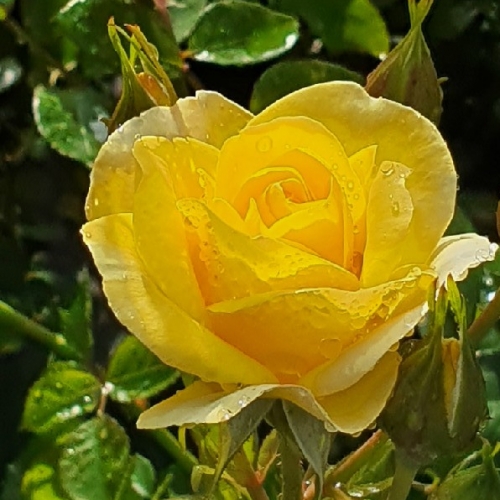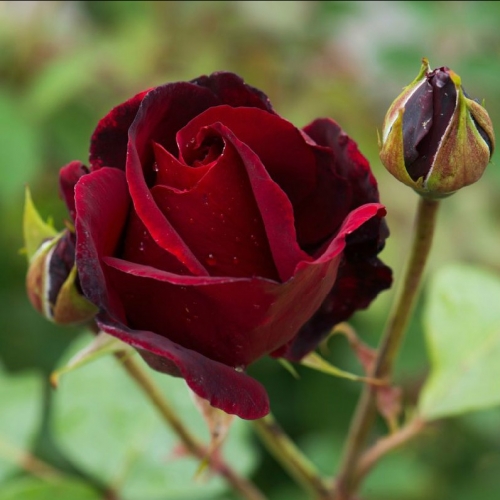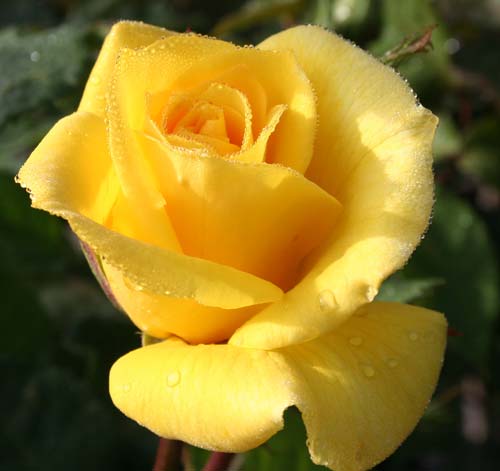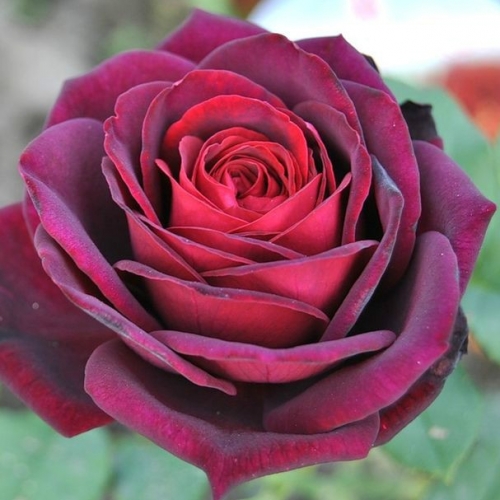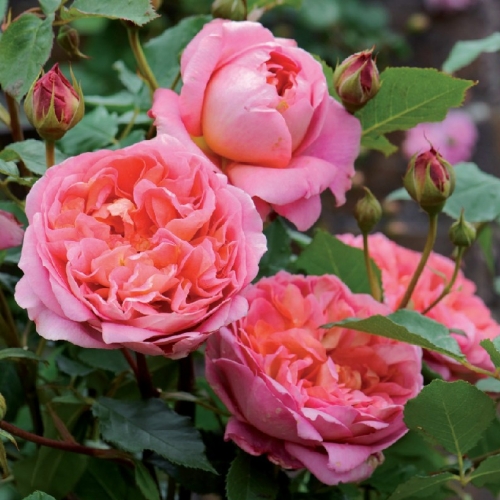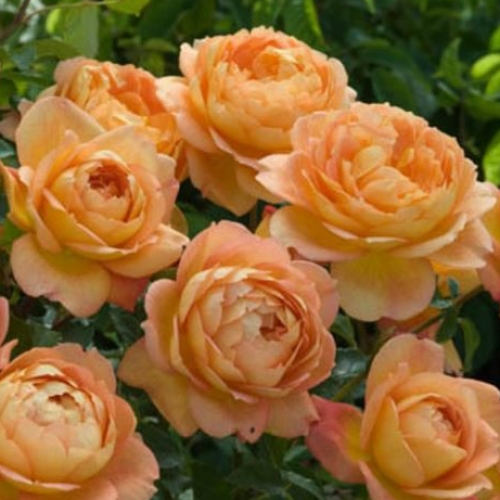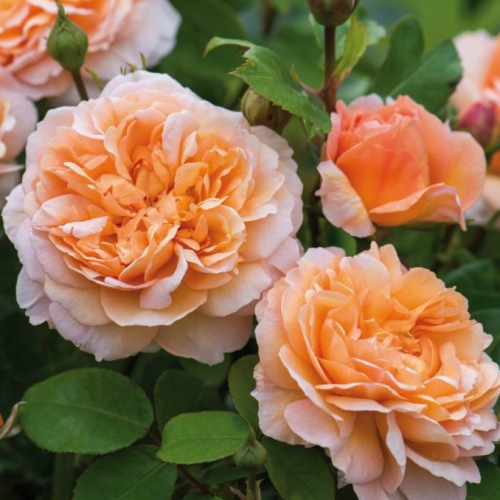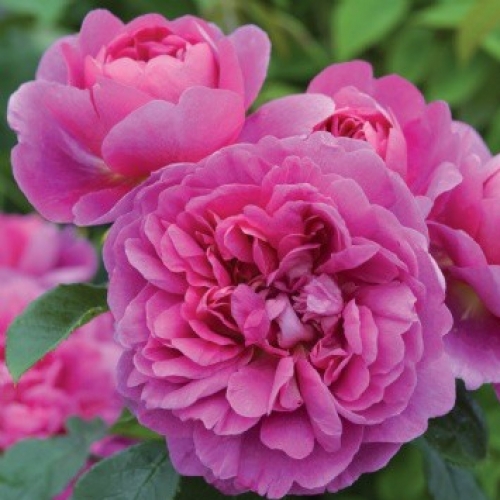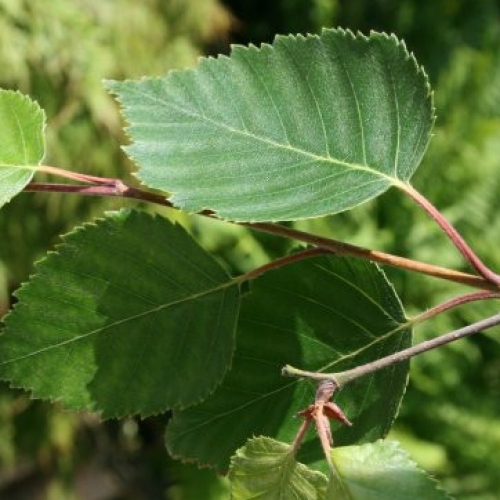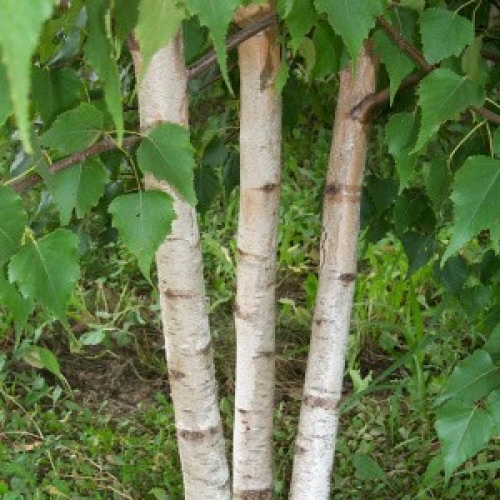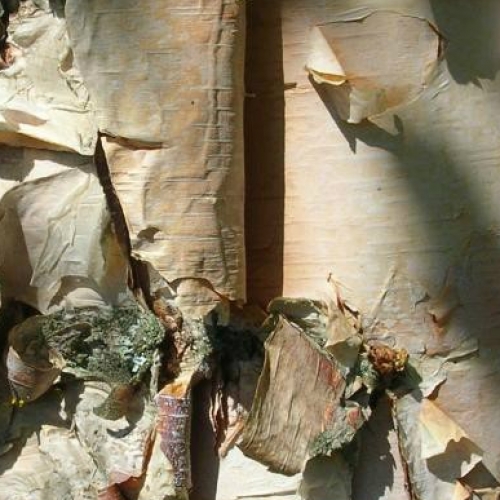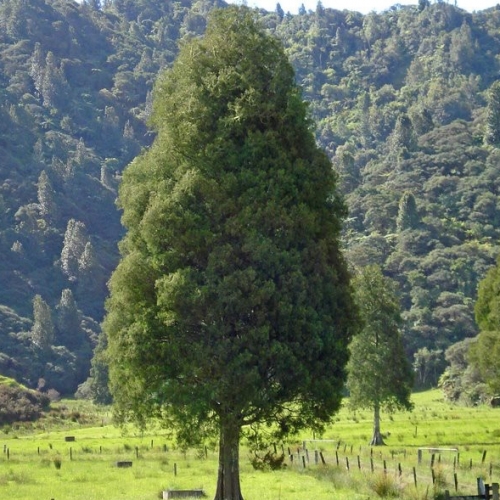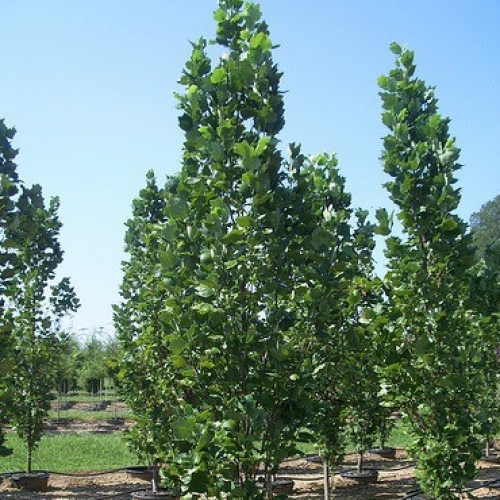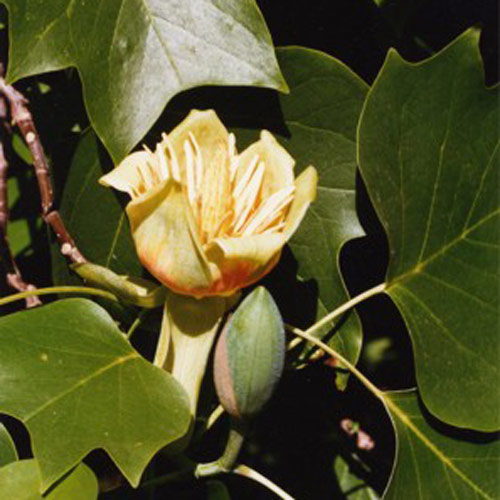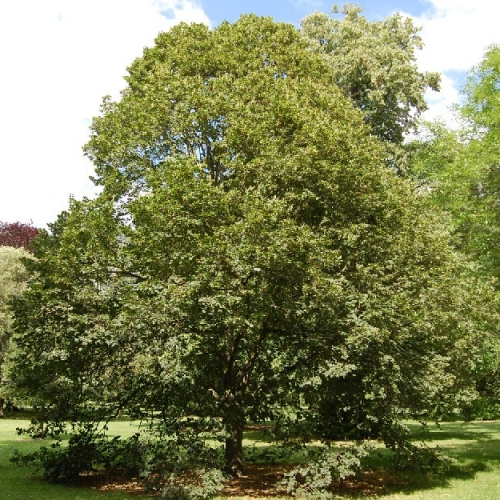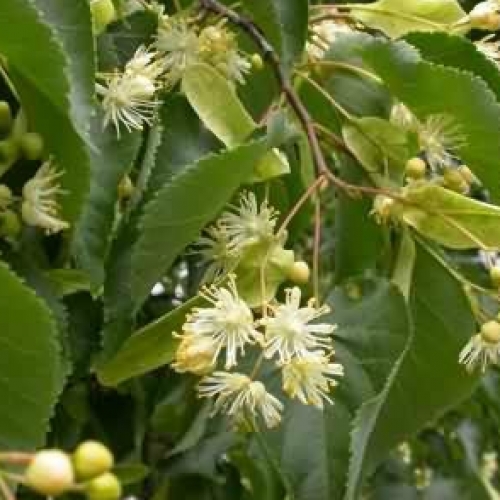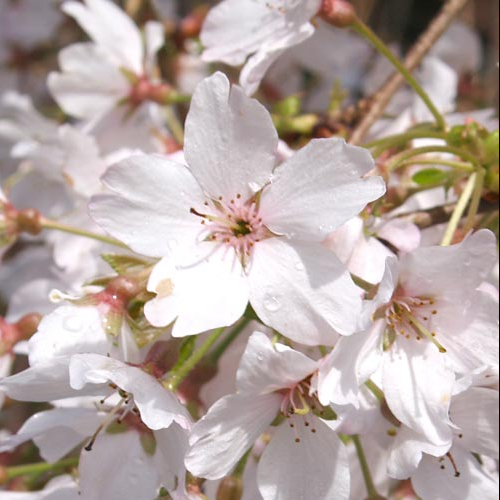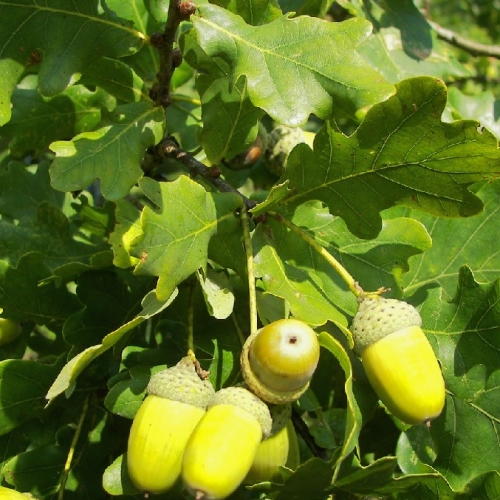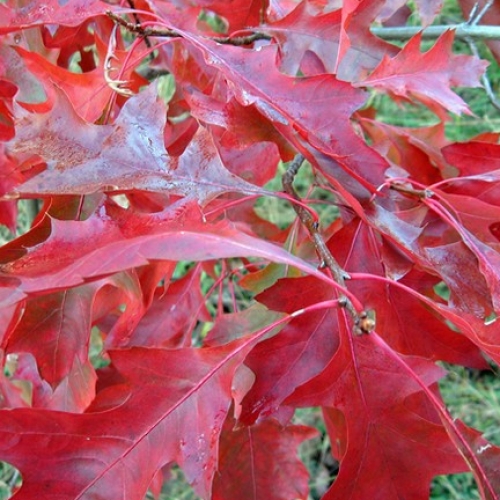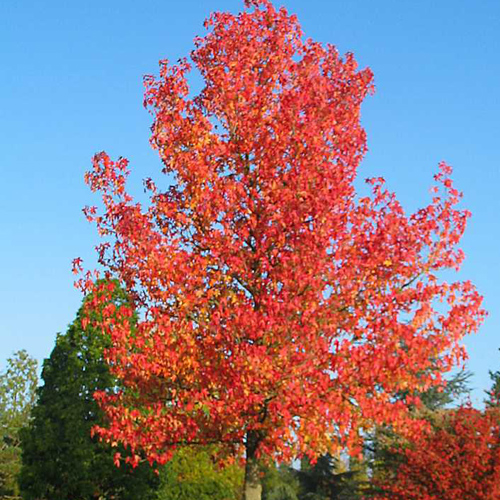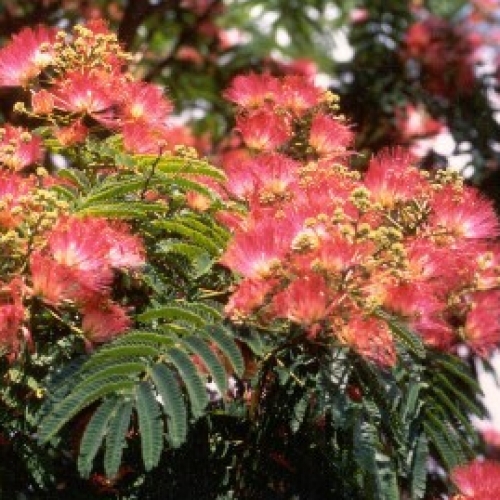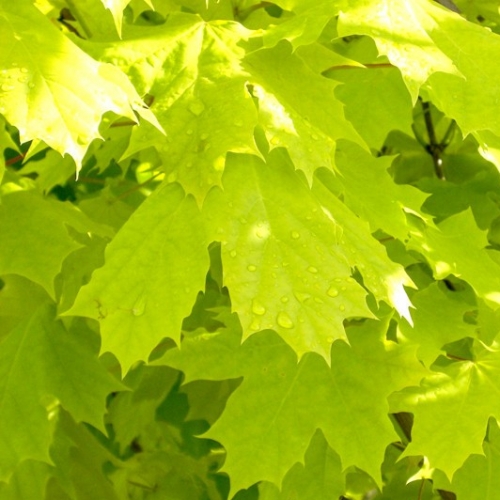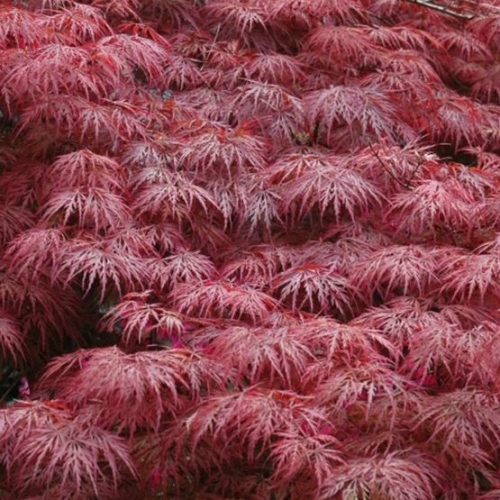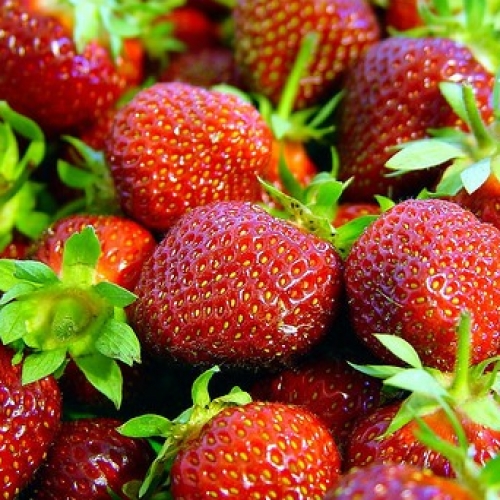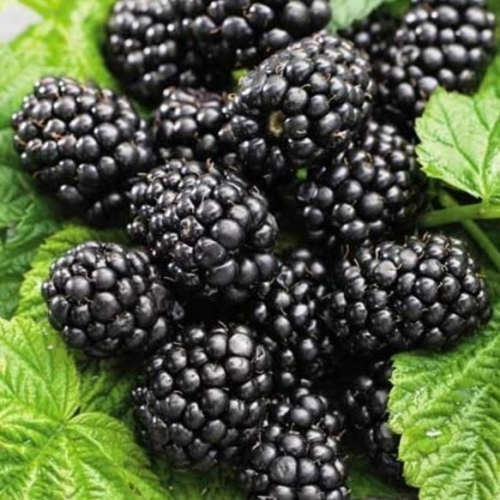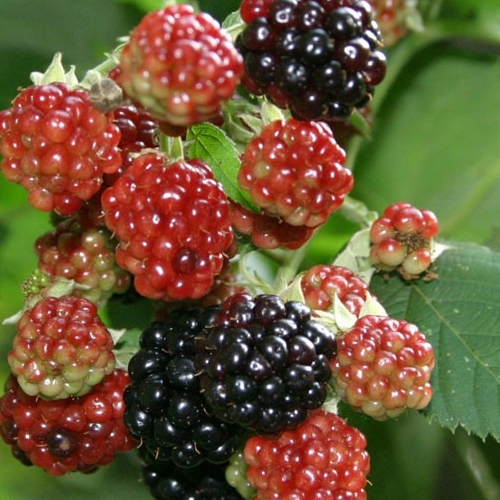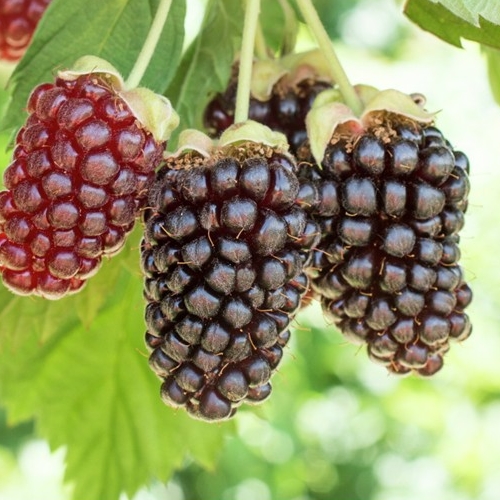Saturday 25th May, 2024
Hi
Empty space means the roses are on their way
As I sit down to write this, the entire centre of the nursery is totally empty. This all looks a tad strange for us, but it means that we are about to start potting. In fact, the first of the
Roses are due in today but of course we won't unpack and start these until Monday-coming. There are always slight hiccups on the way as the growers are at the mercy of the weather, and their teams, to get the roses out of the ground and all crated up to send to the likes of us. I know that there has been some wet weather down south, and so our first delivery is now split into three as they scurry to get our orders out.
But hey, we are all organised and ready to go with some newbies on deck to help get through the 19,000-odd roses that we have coming this year. We aim to get through at least 1500 units a day and at that rate it will take us roughly 4 weeks to get through them all. Then there's orders to be sorted and collated. The final delivery of roses from our suppliers is scheduled for the last week in June.
We have been busy sending out confirmation and payment emails for all of the waitlisted new season's
roses, so that we know what to put aside for all of those orders before the rest can go into the garden centre for sale to the general public. If you receive such an email and don't follow through, then the roses will go to the next in line. If you have any problems completing the process then please do ring us as Jan and her team are only too keen to help.
It does take some time to get all the varieties in together and so some orders may take longer to reach dispatch, or to get that email that your order is ready for pick up, than others. Also, we will send some larger orders in separate parts, at no extra cost, so that we can keep on top of the process.
More Tree stuff... They come in all shapes and forms
It's interesting but when I look at any plant (well not any plant, but those in my knowledge) I see it for what it is, for what it potentially will grow into, what it can be made into, what it can be used for and so on. Of course with anything that lives and grows, it's so dependant on the environment it needs in which to perform. A tree will only reach its natural potential if the growing conditions are its particular kind of perfect. If water or nutrition are in short supply, if it's exposed to excessive winds or perhaps too much shade, then these will affect the a trees form and habit. Not to mention competition with very close neighbours.
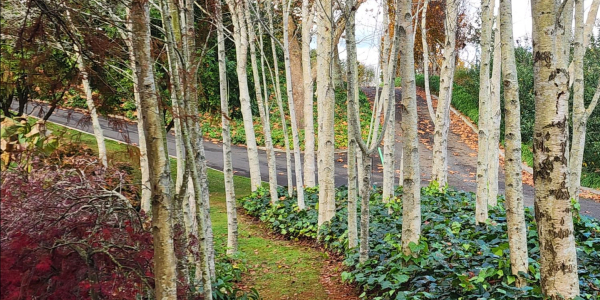
Let's have a look at a fashionable design trend to mass plant
Betulas (silver Birches) and then underplant. I'm sure that you have all seen an example of this where they are planted
en masse and randomly any where from 1 metre and upwards apart. Because these trees are all so close they will compete with each other for light and nutrients and some will beat others becoming bigger and more girthy and others will stay thin and become the runt of the stand. I reckon that the trees even become taller or etiolated in these situations as they draw or stretch each other up to seek out the sunlight.
Now if you want to grow a specimen birch to full potential then it needs to be out there on its own and it will be quite the different tree from those that are mass planted. When I am looking in the
Kahikatea stand, the trees there are very varied and thin with just a few green branches at the top and you could be forgiven for thinking that they are a very conical tree, especially as you see so many growing like this. But at home we have one that is isolated and is the most handsome rounded shape, and very full almost weeping to the ground. This tree must be at least 10 metres across and probably 30 metres tall, reaching what I would call its full potential.
Often Landscapers and the like will plant trees in groups of three and this is to bulk them up so that they look the part in the shorter time frame. The trees then really just grow as one giving the same overall form and shape. I guess if you want the most perfect form and example of a specimen tree then you need to plant it where it has space to show itself off and be reasonably patient. Time does have a habit of going quite quickly and suddenly I look around and think gosh that looks great there.
Liriodendrons or Tulip trees are one of my faves and these make for such a handsome tough and hardy tree with quite a rounded form.
Tulip trees have unusual lobed and rounded leaves, colour yellow in the Autumn and green tulip flowers with an orange mark in the throat. You see them around a lot as they are used as street trees in many cities and lets face it ... you have to be tough to survive growing in pavement and between high rises. I have these out the back as shade trees for the stock... something different from the classic poplar.
Tilias Platyphyllos or Lindens, also known as
Limes, are another example of a rounded tree that is also tough and hardy and would make for a great avenue or paddock tree. They have attractive green leaves in the summer and also tiny flowers that attract the bees and some butterflies.
Prunus or flowering cherries. These tend to be more spreading-type trees, kind of like an umbrella, suitable for providing shade for the town or home garden. Flowering cherries have the spring bonus of flowers and attractive green leaves all Summer that turn to orange tones in the Autumn.
Quercus or oaks. We are all familiar with
oak trees and there are a few to choose from. The classic is
Robur being the
English Oak and these also grow into a handsome rounded tree suitable for in the paddock or down a driveway.
Quercus palustrus (Pin Oak) you see everywhere with its very distinctive pyramidal form that becomes rounded as it matures. Tough and hardy with orangey red Autumn tones.
Quercus coccinea is the
Scarlet Oak and
rubra is the
Red Oak and both have beautiful fiery red Autumn colours. Again, a typical large rounded tree with stature and form.
Liquidambars are another more pyramidal-shaped tree, though may become more rounded with maturity. A popular specimen tree with its many amazing Autumn colours. There are quite a few different cultivars that are selected for their unique Autumn colouring as some go deep burgundy and others can be orange, yellow and burgundy on the same tree.
Silk trees or Albizias are a quick-growing tree that has that perfect umbrella form and so is suitable as a shade tree in the garden. This one has compound little leaves which do break down and disappear in the Autumn quite quickly. Fluffly pinkish flowers adorn this tree in the summer. Choose between
Red silk or the species form of
Rosea.
Maples or Acers. This is quite a large group of trees with many forms and sizes. Most
Japanese maples belong to the species palmatum and these tend to be of medium size and have amazing Autumn colour making them more suitable for the town gardens. Many upright Japanese maples are quite vase shaped and as they get older may become more rounded. Then there are varieties that belong to larger species such as
Acer platanoides (The
Norway Maple, which has a wider, plane-tree-like leaves) that given the right conditions will grow into very big trees suitable for paddocks or driveway trees. There is one of these platanoides forms in my garden that is absolutely stunning. I didn't plant it and so cannot hang my hat on the name, but guess that it could be
Princeton Gold. In spring it's a delight, giving shade with its leaves of lime yellow that age to more lime green, and then in Autumn these leaves turn a different shade of yellow. This year it has been just amazing.
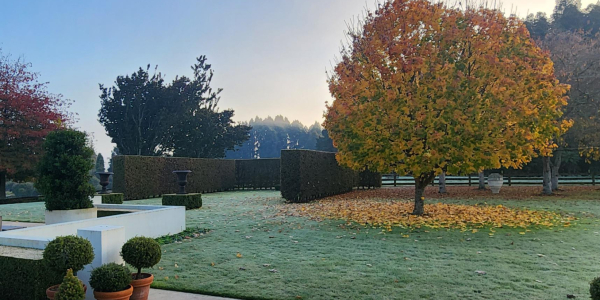
Acer platanoides Princeton Gold ... in Autumn tone... well my best guess
Too many
deciduous trees to write about but check them out (including the
maples) by following these
links and fall in love with them all.... Haha well I can't help myself... It's like "what can I have and where would it go??!!". Not all of the trees that I have written about are in stock currently but they are coming and should be all potted by the end of July or mid-August. They are all there online to waitlist if you are after something in particular.
I didn't realize how many trees I have planted here over the years as there are leaves for Africa but that all good. I liken it to housework in that there is always dusting or cleaning to do and the nursery is no different. As we clean up the leaves we are re-blocking and checking the plants and so the place always looks tidy for our clients to visit. Not only that, I think that the trees add so much to the atmosphere and character of our place.
Strawberries...not too late
We still have
Camarosa strawberries in stock, bare-rooted and in bundles of 10. Best to get these into the ground soon so that they can develop a good root-system before they start flowering and fruiting. Do it now, and you will thank yourself later, especially when decorating your pavlova with lots of plump juicy strawberries on Christmas day.
These weekends come around too fast and tomorrow is Saturday again. Hope that you have all planned a fun couple of days.
Take care and have a fabulous weekend.
Cheers from Lloyd, Tony and the Wairere team.


